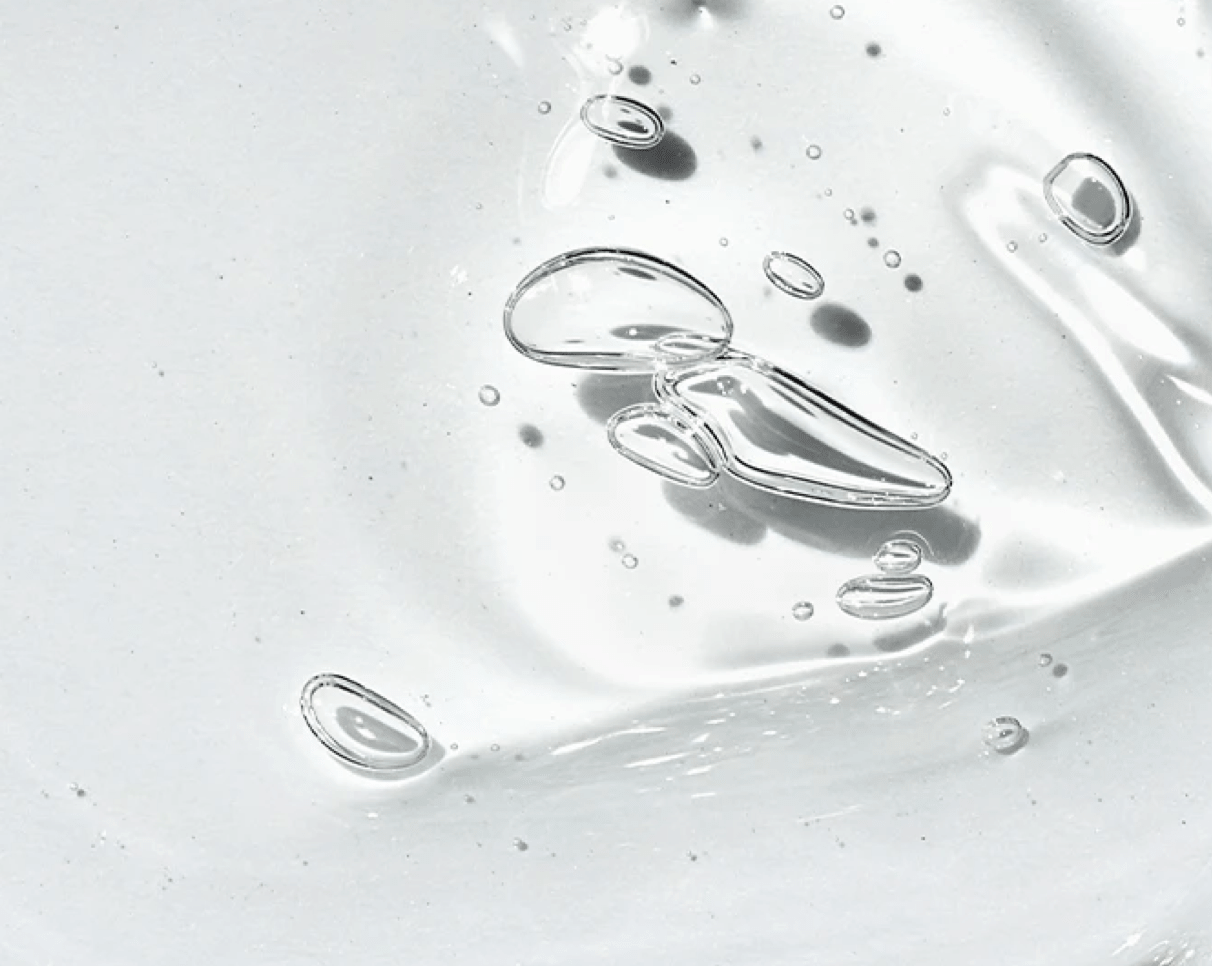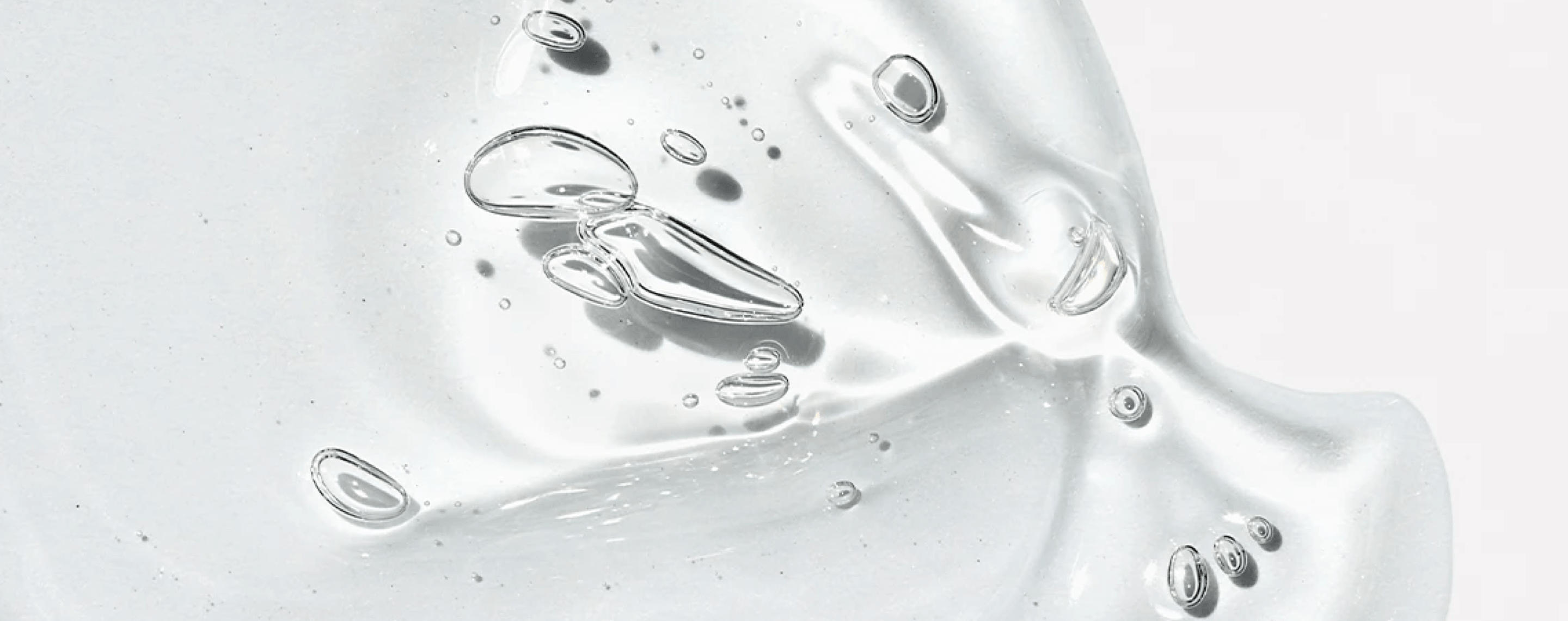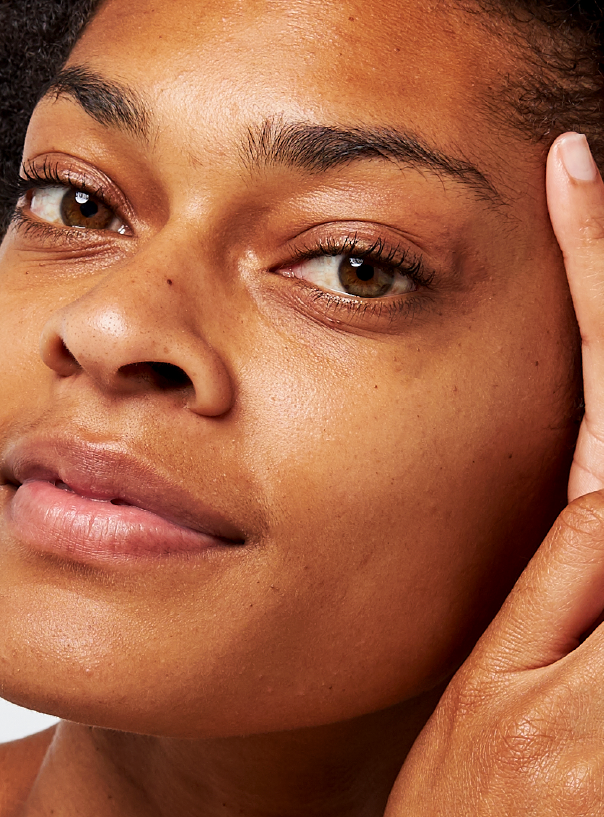Education
Why Glycerin Is The Most Underrated Skincare Ingredient


SHARE
Education
Why Glycerin Is The Most Underrated Skincare Ingredient
Medically reviewed by Aimee Paik, MD
Written by Lisa Guerrera
Last updated 4/5/2022
Glycerol, or Glycerin (not to be confused with Glycerine, the 1995 hit single by Bush) is a true OG skincare ingredient that’s the unsung hero in many classic, derm-favorite skincare products. It’s been used in cosmetics for decades, but with other trendy ingredients stealing the spotlight, glycerin just isn’t getting enough love. So here’s an educational love letter to glycerin– hopefully after reading this you’ll be excited the next time you see it on an ingredients list.
Glycerin is a humectant:
Glycerin is a deceptively simple molecule that is classified as a powerful humectant in skincare. A humectant is a substance that attracts water to it. So ingredients like glycerin, the ever trendy hyaluronic acid, and propylene glycol are all humectant ingredients that help keep our skin moisturized. So why is glycerin special? Well let me take you back to a little biology and chemistry 101…
The science behind glycerin:
First and foremost, similar to other humectants like hyaluronic acid, glycerin is naturally present in your skin already. It has a few important functions in your stratum corneum (better known as your skin barrier) such as regulating the hydration between your skin cells, protecting your skin from irritation, and keeping your cell lipids in healthy shape. Glycerin is an important part of your skin maintaining a healthy barrier, so topically applying glycerin can have a positive impact on that activity.

From a chemistry perspective– you see all the “–OH” groups on this molecule? These are the reason that glycerin is good at attracting and holding moisture. Water molecules cling to the -OH groups through a process called “hydrogen bonding.” This means glycerin can draw moisture to the skin from the air and from our own skin as well.
Where can you find glycerin and how much should you use?
Glycerin is a cheap ingredient that’s super easy to find in your products. It’s often found in everything from moisturisers to cleansers. For you vegans out there, vegetable glycerin (or glycerin derived from plants) and synthetic glycerin are the most common forms you’ll find in your products. You can even find 100% vegetable glycerin at your local drugstore. 👀
So the real question is: should you just buy 100% glycerin and use that as your moisturizer? Not so fast! While that sounds like a dream, humectants in too large of a dose (like 100%) can potentially dry out your skin. It sounds counterintuitive but too much humectant at once can (sometimes) pull water from the skin instead of the air in low humidity environments, leading some people to feel drier. While glycerin can be used with significant benefit all the way up to 40%, cosmetic formulators tend to stick to a range of 3% to 15% glycerin to get the moisturizing benefits and a pleasing texture on the skin. So look for glycerin towards the top and middle of your ingredients lists for the best benefits from this ingredient!
The best part is, your skin doesn’t need to be “dry” to get the benefits of this ingredient. Even our oily skin friends can benefit from a little glycerin boost in their daily moisturizer. No matter your sebum production levels, dry and oily areas of the skin became more hydrated after using glycerin containing moisturizers.
Overall, glycerin is one of those rare skincare ingredients that is cheap, effective, commonplace, and easy to formulate with. We love to see it. 😌
Like what you just read? Sign up for our email list to get the scoop on skincare science delivered straight to your inbox.

Deep Dives
A dermatologist shares his thoughts on the recent studies about benzoyl peroxide and benzene.
Read More
Education
What is milia?
What is milia? Today, we’re jumping into one type of bump that you may have heard about most commonly in infants — milia.
Read More
Education
Best moisturizer for acne-prone skin
If you have combination acne-prone skin, figuring out which moisturizer is best for your skin might be tough. In this guide, we break down the best moisturizer for combination, acne-prone skin.
Read More